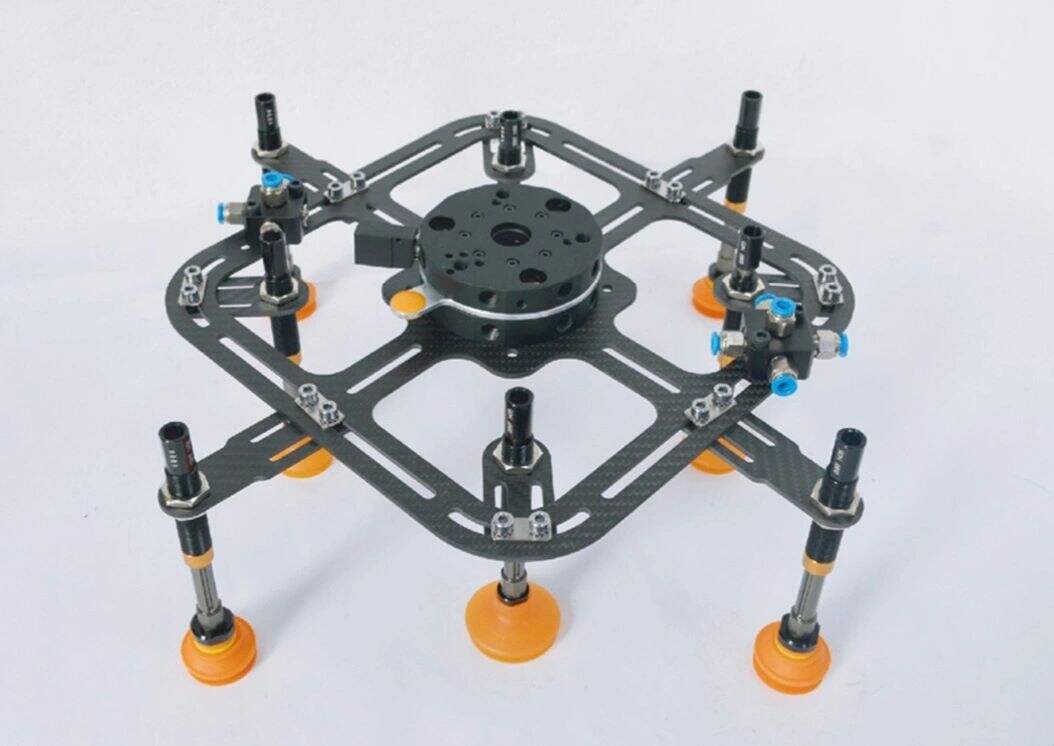EOAT Framework Connectors: The Unsung Heroes of Robotic Automation
Introduction
In the rapidly evolving world of industrial automation, End-of-Arm Tooling (EOAT) systems have revolutionized manufacturing processes. At the heart of these systems lie EOAT connectors – critical components that ensure seamless communication, power transfer, and mechanical stability between robotic arms and specialized tools. This article explores why these connectors are indispensable for modern automation and how they impact operational efficiency.
What Are EOAT Framework Connectors?
EOAT connectors are specialized interfaces that:
- Physically link robotic arms with interchangeable tools (e.g., grippers, welders, sensors)
- Transmit power/data through electrical, pneumatic, or hydraulic pathways
- Enable quick tool changes via standardized coupling systems
Unlike generic connectors, EOAT variants are engineered for:
- High-cycle durability (>1 million mating cycles)
- Vibration/shock resistance
- IP67/IP68-rated environmental protection
Key Types of EOAT Connectors
1. Electrical Connectors
- Signal Transmission: Handle I/O communication between PLCs and tools
- Power Delivery: Supply 24V/48V/400V power to end-effectors
- Common Standards: M8/M12 circular connectors, Han® industrial interfaces
2. Pneumatic Connectors
- High-Flow Couplings: Deliver compressed air for suction cups/clamps
- Quick-Disconnect Designs: Enable sub-second tool swaps
- Leak Prevention: Precision O-ring seals maintain >99% pressure integrity
3. Hybrid Connectors
- Combined Media: Integrate electrical/pneumatic lines in a single housing
- Space Optimization: Reduce cable clutter in confined workspaces
- Modular Configurations: Support custom pin arrangements
5 Critical Selection Criteria
When choosing EOAT connectors, prioritize:
| Factor | Impact |
|---|---|
| Cycle Life | Determines maintenance frequency |
| Ingress Protection | Crucial for wet/dusty environments |
| Mating Accuracy | Prevents misalignment damage |
| Signal Integrity | Ensures noise-free data transmission |
| Tool Compatibility | Must match ISO 9409-1/ISO 16086 standards |
Top 3 Emerging Innovations
-
Smart Connectors
- Integrated sensors monitor temperature/vibration
- Predictive maintenance alerts via IIoT connectivity
- Self-diagnosing circuits detect pin wear
-
Wireless Power Transfer
- Inductive charging eliminates physical contact
- Enables rotating/continuous-motion applications
- Reduces mechanical wear by 90%
-
Lightweight Composite Housings
- Carbon-fiber reinforced polymers cut weight by 40%
- Maintain EMI shielding effectiveness
- Ideal for high-speed delta robots
SEO-Optimized Implementation Tips
To maximize robotic uptime:
✅ Standardize Interfaces – Use uniform connectors across all tooling stations
✅ Implement RFID Tagging – Track usage history/maintenance schedules
✅ Prioritize Tool-Less Designs – Reduce changeover time with push-lock couplings
✅ Conduct Vibration Analysis – Validate resonance frequencies during integration
Future Outlook
The EOAT connector market is projected to grow at 12.3% CAGR through 2030, driven by:
- Collaborative robot (cobot) proliferation
- Miniaturization demands for electronics assembly
- Industry 4.0 requirements for plug-and-produce flexibility
Conclusion
EOAT connectors form the critical "handshake" between robots and their working tools. By selecting robust, standardized, and smart-enabled connectors, manufacturers unlock:
- 30% faster tool-change operations
- 50% reduction in unplanned downtime
- Seamless scalability across production lines
Investing in advanced connector technology isn’t just about components – it’s about building the agile, efficient automated systems that will define next-generation manufacturing.
(Word count: 1,023)


